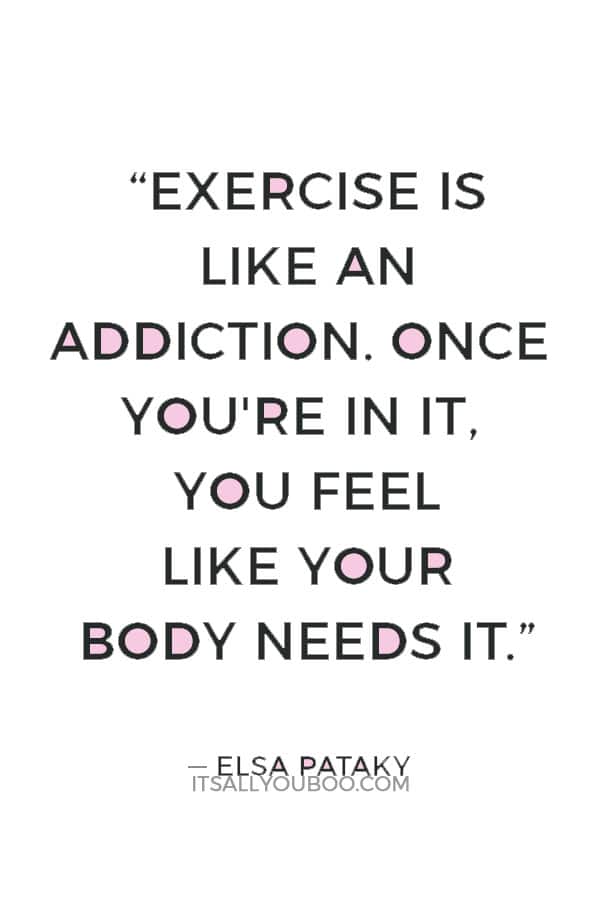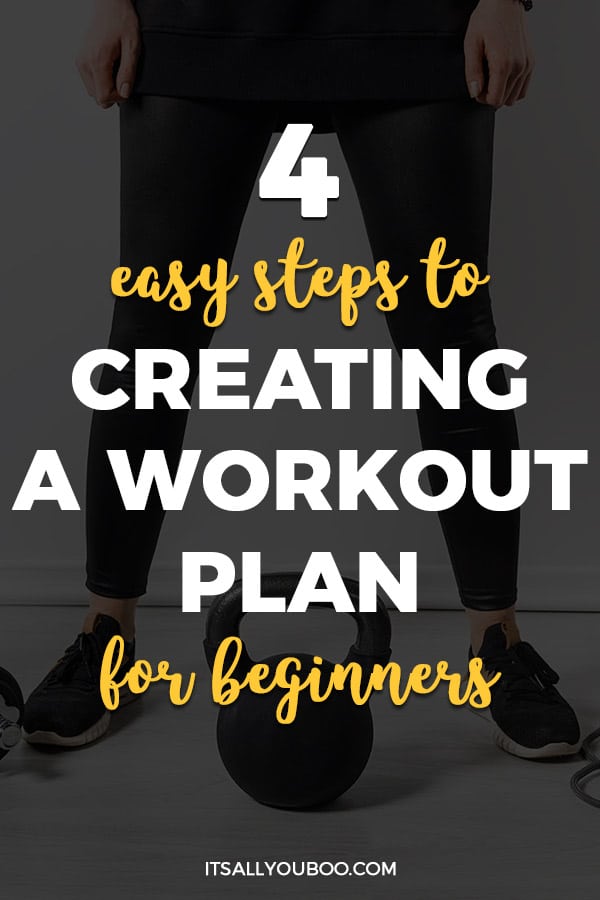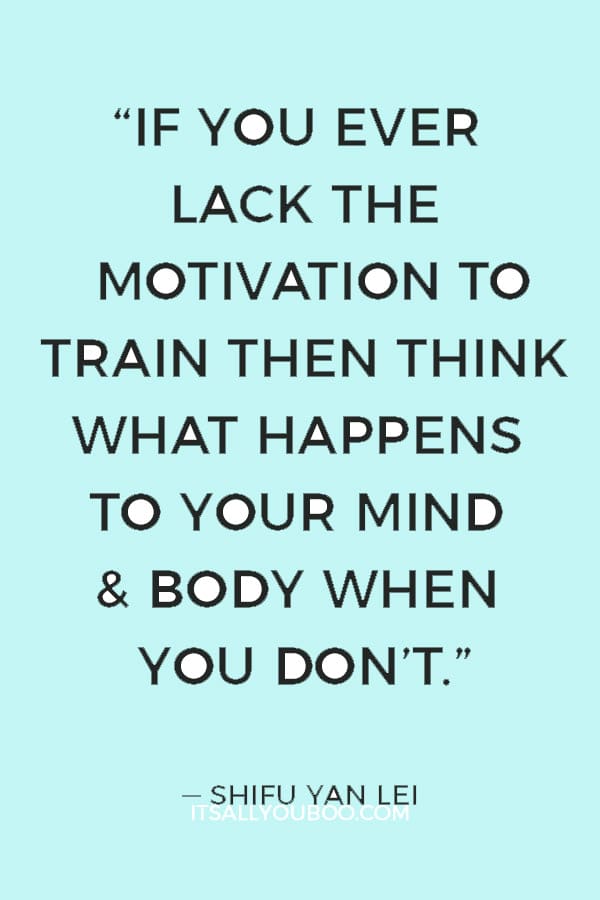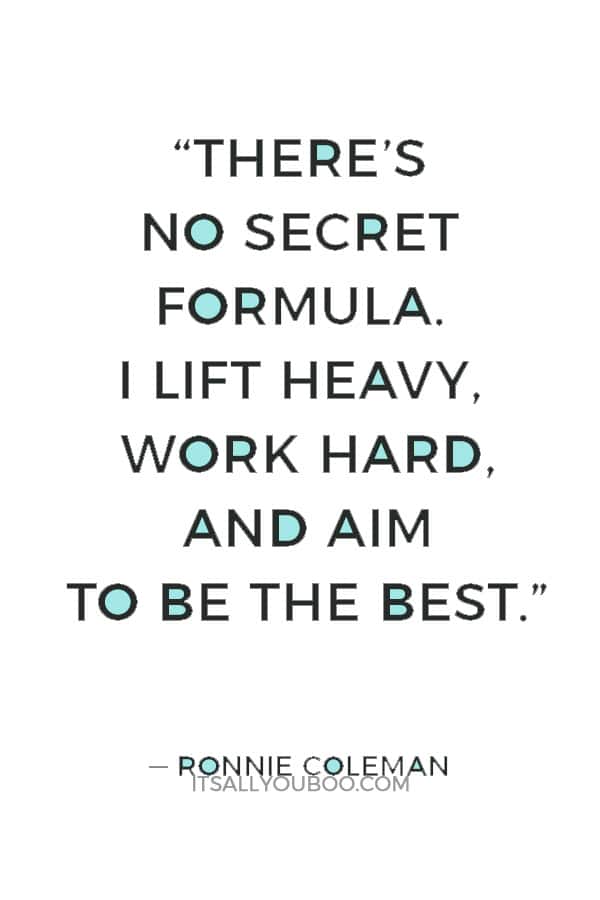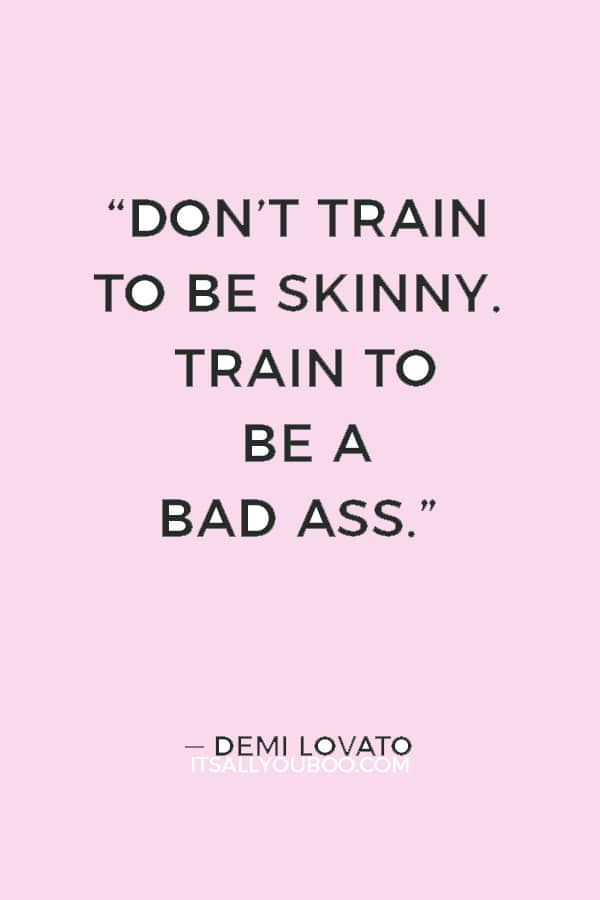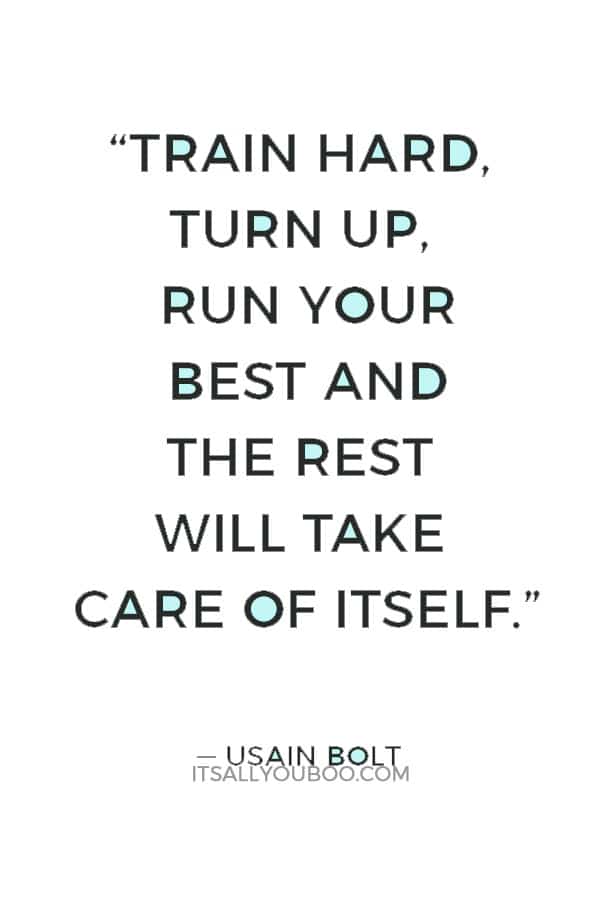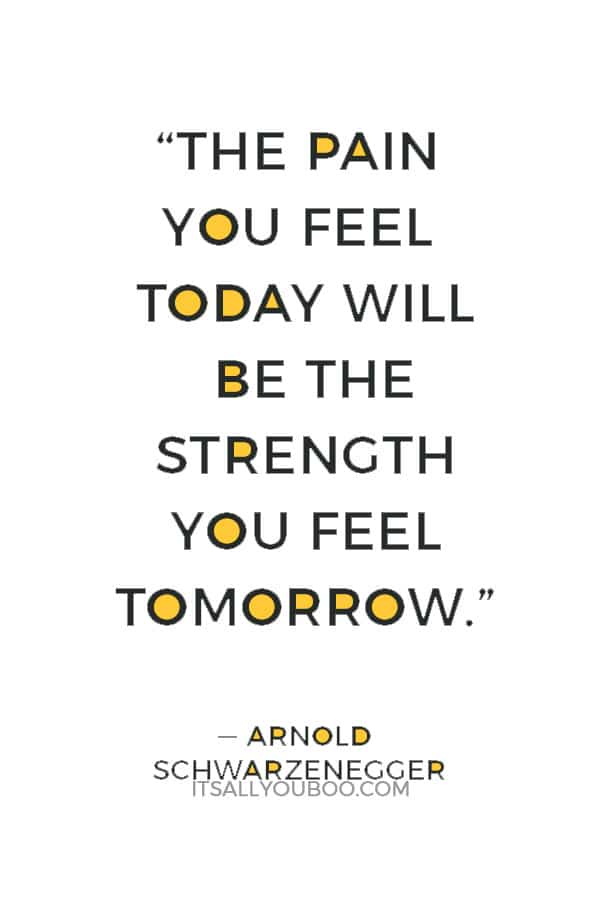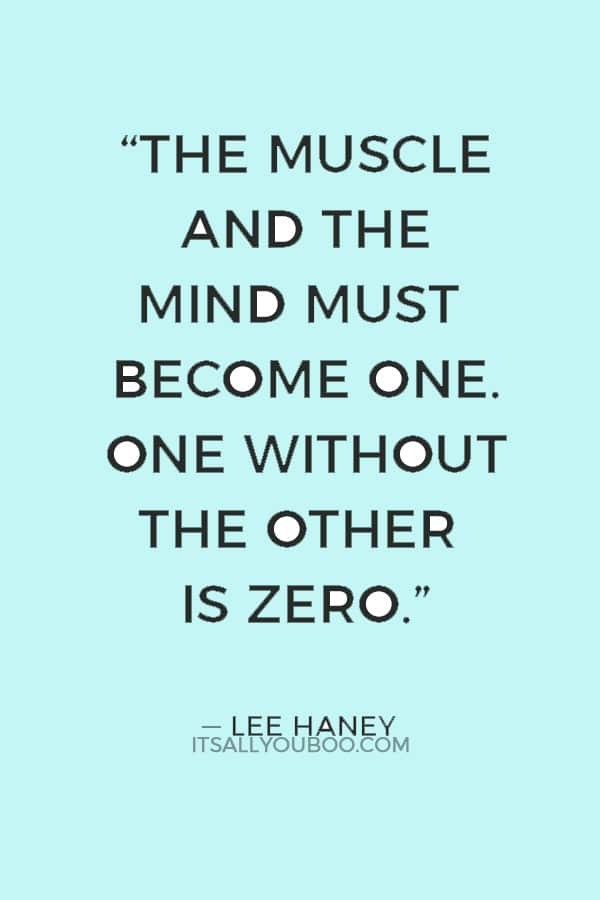Is it hard to create a workout plan for beginners?
Where do you start when creating a workout routine at home?
The principles of investing involve making a decision in the present with the prospect of a return in the future. The hope or expectation is that the value of the future return will be greater than if you had not made an investment in the first place.
Investments are most commonly thought of in terms of money.
We give up some of our money now in hopes that our decision will yield more money in the future. In other words, the choices we make now have a significant impact on our future success.
Even though money is a primary focus, the idea behind investing can be applied to other areas of our lives, such as health. Finance and fitness may impact our lives differently, but they share a similarity. The way we live our present lives can dictate the quality of our lives in the future.
Many health problems that occur later in life can be traced back to habits that were formed in younger years. When people do not take care of themselves, they tend to pay a price in later years rather than being able to reap the rewards of a long and healthy life.
It is never too late to start investing in your health, but the sooner you start, the better off you’ll be. Creating a workout routine that encompasses different aspects of your fitness will put you on the right track to see the dividends paying off in your life.
Sometimes, the benefits of physical investments can even collide with financial benefits. A healthier body and lifestyle can mean paying less for health insurance, fewer doctor visits, and lower term life insurance.
The wide variety of benefits makes creating a workout plan a worthwhile investment. While any type of movement is better than none, considering all aspects of your plan will give you the biggest reward.
Don’t be afraid to tackle shorter, easier workout routines for beginners until you make it a habit in your life.
👉🏽 RELATED POST: Why Working Out is Important
How to Create a Workout Routine
Here are a few ideas to get you started. When we think about investing in our health, we want to do more than just get bigger, faster, and stronger. We want to live and live well.
Getting a beneficial workout involves more than stepping into the gym and leaving 30 minutes later. It involves a strategy or reason behind your plan.
Creating a workout routine that promotes overall health involves focusing on more than one aspect of our fitness.
For example, if we only lift weights, then our cardiovascular endurance will not benefit. In the same way, if we only focus on running, then our upper body and core are forgotten.
To maximize the return on your investment, you want to give attention to several different aspects of fitness. Cardio and strength workouts are certainly important, but it is also vital to think about recovery as a part of your workout routine as well.
👉🏽 RELATED POST: How to Start Exercising Again
Your fitness plan will also depend on whether you need a workout routine at home or at a gym. This will help you determine which activities fit your lifestyle best.
Let’s take a look at a few things to consider.
#1. Cardiovascular Workouts
(3 to 5 Times Per Week)
The American College of Sports Medicine (ACSM) and the Centers for Disease Control and Prevention (CDC) suggest that healthy adults perform a moderate-intensity aerobic (cardio) activity for 30 minutes on five days of the week or 20 minutes of vigorous aerobic activity three days of the week.
In simpler terms, you should do a cardio workout three to five days per week, depending on the duration and intensity of the workout. Following these guidelines will help improve your heart health and lower your risk for other conditions like obesity, diabetes, and high cholesterol.
Moderately intense cardio workouts are normally ones that involve a steady-state pace. Taking a brisk walk, going for a light jog, riding your bike, or hopping on an elliptical are all common forms of aerobic exercise. In these workouts, you should be able to talk in a somewhat comfortable manner without losing your breath.
👉🏽 RELATED POST: The Best Fitness Foods for Your Workout
For more vigorously intense workouts, high-intensity interval training (HIIT) is a frequently used format. In a HIIT style workout, you are mixing periods of high-intensity work with periods of rest. This creates an interval style of training.
Workouts involving HIIT do not require a longer duration because the body is being pushed at a higher effort. In other words, the body is doing more work in less time. Participants of a HIIT workout are normally unable to speak during their work efforts because they are breathing more frequently and heavily.
Both steady-state and interval-style cardio workouts are important and should hold a place in your routine. Performing both will keep your cardiovascular endurance strong, your metabolism high, and your heart in good health.
👉🏽 RELATED POST: How to Become an Outdoor Person
#2. Add Resistance Training
(2 Times a Week)
Also known as strength training or weight lifting, resistance training plays a crucial role in keeping our muscles, joints, and bones healthy. Rest assured, however, that lifting weights to maintain your health does not mean you need to become a body-builder.
The ACSM and CDC suggest participating in muscular strength training two days per week. If you decide that two days is enough, make sure that each workout hits the majority of muscle groups in your body and that you have at least one day of rest between the two strength workouts.
Incorporating resistance training into your workout routine is an investment that pays off both now and in the future. In the short-term, you may notice you have less body fat or a more positive self-image of your body. In the long-term, however, these benefits become greater.
👉🏽 RELATED POST: The Benefits of Practicing Tai Chi
For starters, strength training is linked to osteoporosis prevention and management, which is an important consideration as we age. When muscles contract, they also pull on the bones around them. This stimulates protein production and mineral movement within the bones, which leads to higher density.
Weight training also lowers our injury risk by strengthening our joints and helping to keep them healthy. With strong muscles, bones, and joints we are able to handle movements that cause more stress. With this comes a reduced risk of injury.
Beyond structural benefits, resistance training has also been shown to reduce cancer risks, benefit the cardiovascular system, boost our mental strength, and help us live longer. Two days per week seem like a small price to pay for the value you receive in the future.
#3. Make Time for Recovery
Recovery is more important than most people realize, and it includes more than just stretching after a workout. Allowing your body time to heal is critical for the longevity of both your workout routine and your life.
If we continue to stress our muscles day after day without allowing them a chance to rest, there is a greater risk of injury.
During weight training, for example, small tears are created in our muscle fibers so they can rebuild and come back bigger and strong. If we do not allow for rest, however, those tears will not completely heal, and our performance will suffer.
Recovery involves many different practices, some of which are universal and others more specific. Stretching and rest days are crucial for everyone because they promote healing and give the muscles a break from stress and impact.
👉🏽 RELATED POST: Yoga Poses for Beginners
Some people may need more in-depth forms of recovery. Heating pads and ice baths can be used for people with tight or sore muscles. Massage therapy, chiropractic care, and cryotherapy may even be used in more aggressive recovery plans.
Listen to your body and give it the form of recovery it needs. It will keep your body healthy, which means you can continue your workout routine without the risk of unneeded pain or injury. Sticking with your plan is what will help you enjoy the physical benefits over time.
👉🏽 RELATED POST: Top 10 Benefits of Yoga
#4. Safeguard Your Sleep
Most people don’t think of sleep as part of their workout routine, but it is potentially the most important part of your recovery plan. Sleep allows your body uninterrupted time to repair, which is something that cannot be said about some other forms of recovery.
Stretching and rest days are vitally important, but they still involve movement to some capacity. Even though the movement is less impactful, it is still occurring and forcing the muscles to perform work.
During sleep, our bodies are hardly moving except for the occasional stir. This means there are very few muscular contractions, allowing uninterrupted time to repair and rejuvenate the muscles. This is especially important after a more vigorous cardio workout or strength session.
👉🏽 RELATED POST: 3 Deep Breathing Exercises
With little to no movement in our muscles, we also do not need blood moving through them as quickly. This allows our heart rate to slow down significantly so it does not have to work as hard.
Our other organs are also able to rest during sleep. None of them ever completely stop functioning, of course, but allowing them a chance to operate at a base level promotes their health, recovery, and longevity.
The human body is amazing because it can literally heal itself, but it can only do so if it has rested. A good night of sleep allows your body to heal most effectively, so making a point to focus on it for recovery will give you a larger return on your health investment.
Track Your Workout Investment
When someone wants to see how their financial investments are paying off, they look at reports and decipher information from the time they started to their current standing. This information is used to determine the success of the investment and the plan moving forward.
Your health investment is no different. You need a way to measure your results and plan for the future. In the same way that you’d never want to continue investing in a stock that wasn’t performing, you don’t want to continue a workout routine that isn’t effective for you.
An easy way to track your progress is to keep a health journal. Start by writing out your short-term and long-term goals so that you have something to measure your progress against. Next, use your journal to keep track of your workouts, diet, and even emotional or mental health.
The point of the journal is to give yourself as much information as possible so you are able to determine if your routine is effective. If you are not reaching your goals, you can revisit your journal to help create a workout plan or nutritional plan that is more effective.
👉🏽 RELATED POST: Wellness Tips For Working From Home
Tracking your health investment also involves seeing your doctor. This may seem contradictory, given that I said overall health can mean fewer doctor visits, but routine checkups should not be avoided. Doctors are experts in their field and can help uncover potential problems before they arise.
Doctors can also help you plan for your future. Think of them for your health in the same way you’d think of a wealth planner for your financial stocks. They can advise you where to put your focus and how your actions now might affect your life in the future.
Get Your Printable Habit Trackers
Ready to create a workout plan and need help tracking your progress? Sign up below to get your printable habit tracker templates, with spreads for 30 and 31 days. Add in cardio, strength training, and rest activities, then make it stick with these trackers.
Enjoy the Benefits of Your Workout Investment
The point of investing is to set yourself up for success in the future. When it comes to money, a part of that is making sure you are able to enjoy your later years in life. Health is no different in principle.
Prioritizing your health now means that you will enjoy a higher quality of life in the future. When you create a workout plan, you’re creating a better future!
It starts by diversifying your portfolio. Instead of investing all of your workout capital into the same place, you need to spread the wealth evenly among cardiovascular workouts, resistance training, and recovery. This will help you maximize your earnings.
👉🏽 RELATED POST: How to Reach Health and Fitness Goals
To make sure your stock is increasing in value, make sure you are tracking your progress. Keep a workout journal so you can ensure you are meeting the goals you set. Make sure to also consult with your health investment advisor, otherwise known as a doctor, for more in-depth help.
Investing in your health now can provide countless dividends along the way. Just remember that investing is a long-term game. Stay on course, even if things get rocky, and your investment will yield a high reward in the end.
Want to create a workout routine? What can you do at home? Click here for 4 easy steps to creating a workout plan for beginners by @insuranceterms. #FitnessGoals #FitnessJourney #WorkOut #WorkoutPlan
Are you ready to create a workout plan for beginners?

More About Guest Contributor
Dan Chojnacki writes and researches for the insurance comparison site, TheTruthAboutInsurance.com. He currently lives in Green Bay, WI where he is a personal trainer and financial professional. In his free time, he enjoys running, swimming, biking, playing tennis, and coaching youth softball.
Last Updated on September 16, 2021
